Comparative analysis of the effects of gunpowder and plasma ignition in closed vessel tests
Radoslaw Trebinski, Zbigniew Leciejewski, Zbigniew Surma, Jakub Michalski
Military University of Technology, Department of Mechatronics and Aerospace, ul. Urbanowicza 2, 00-908, Warsaw, Poland
Keywords:Closed vessel test Gun propellant Gunpowder ignition Plasma ignition
ABSTRACT This paper presents the results of a comparative investigation into the effects of the ignition method on the ballistic properties of a single-base gun propellant, as determined via closed vessel tests. Conventional gunpowder ignition and plasma jet ignition methods were used, and differences in the ignition time were analysed. The influence of the ignition method on the dynamic vivacity is discussed. It is shown that this influence is significant in the first phase of the combustion process,and with respect to the low values of the loading density.In the second phase of the combustion process,and for large values of the loading density, the dynamic vivacity plots for the two ignition methods converge. Regarding the burning law, close values of the exponent were obtained for the two ignition methods. The dynamic vivacity plots determined for plasma ignition reveal stronger dependence on the loading density than those determined for gunpowder ignition.The conclusion is that plasma ignition is not a solution to the problems inherent to the process of determining the ballistic properties of propellants, which results in deviation of the burning process from the geometric burning law.
1. Introduction
Mathematical models purposed for simulation of the operation of various gun systems are continuously being modified in consideration of the development of gun propellants [1,2]. Proper determination of the values of the ballistic characteristics of propellants is important for these models [3,4]. In consequence, this mandates some modifications to closed vessel tests; in particular,methods of ignition should be modified.
The conventional black powder ignition method can be updated by applying new materials (e.g. Refs. [5e7]), or by applying other ignition systems such as the plasma jet or current injection[8e24].
This paper presents the results of a comparative study on the respective effects of two ignition methods,i.e.gunpowder ignition and plasma jet ignition methods, on the ballistic properties of a single-base propellant. The values for the ignition time, dynamic vivacity, burning rate, burning law exponent and experimental shape function are respectively compared.Conclusions concerning the applicability of the plasma ignition method in closed vessel tests are formulated.
2. Materials and methods
Closed vessel tests for the two ignition methods were performed in the same closed vessel with a capacity of 157 cm3.Nominally, it can operate to 400 MPa. Two ignition plugs were used, and the ignition plug used for black powder ignition is shown in Fig.1.The characteristic effects of gunpowder burning are illustrated in Fig.2[24].
A drawing of the plug with the capillary plasma generator is shown in Fig. 3. The plasma was generated as a result of the discharge of high-voltage capacitors through a small-diameter copper wire (0.7 mm) placed in a polyethylene tube. This wire rapidly evaporated,and the current flowing through the vapours of the copper-air mixture induced very strong ionisation of the gases and, eventually, formation of the plasma. Condensation of copper vapour occurred when the plasma cloud (temperature of up to 10000 K)reached the surface of the propellant grains,which were at a lower temperature. A plasma jet is illustrated in Fig. 4. Unlike the gunpowder ignition method, no hot particles can be observed[27].
All tests were conducted at ambient temperature.The pressure pressure measurement system was 1.1%.
Closed vessel tests were performed for a single-base propellant.Its geometric characteristics are given in Table 1. The tests were performed for loading density values ofD¼50,75,100,125,150,175 and 200 kg/m3.The mass of the gunpowder igniter was adjusted to ensure that the nominal value of ignition pressure was the same in all tests. In the case of the plasma ignition method, the same electrical energy was delivered;however,the values of the ignition pressure varied by approximately 20%. Plasma ignition tests were conducted in the low input energy regime.
Pressure records p(t) were smoothed by using the Loess algorithm [25]. The algorithm calculates the time derivative values of the pressure.The dynamic vivacity was calculated as follows:


Fig.1. Ignition plug equipped with black powder igniter.
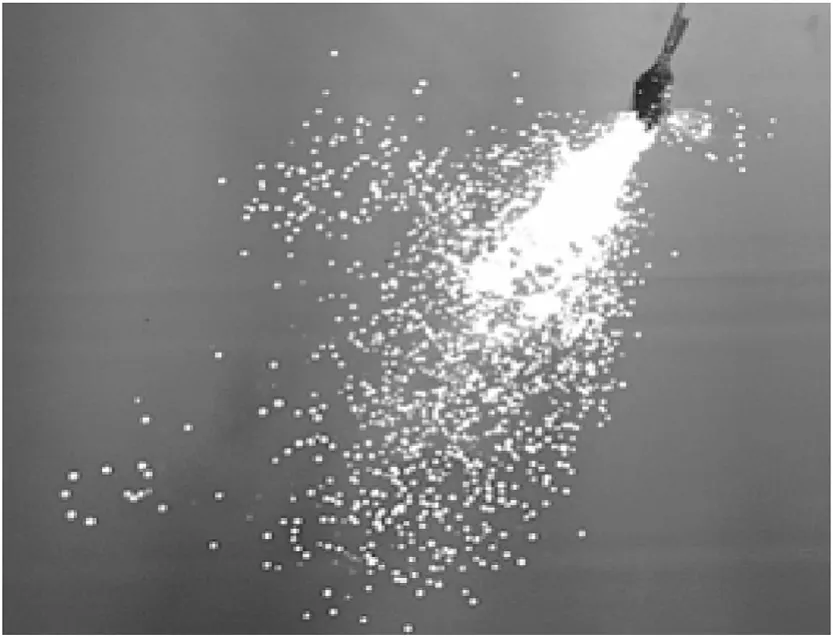
Fig. 2. Effects of black powder ignition process (visible hot solid particles) [24].
The value of the burning law exponent n was determined by was measured by using a HPI 5QP 6000M piezoelectric transducer,the signal of which was amplified by a TA-3/D amplifier and recorded on a Keithley DAS-50 12-bit analogue-to-digital converter at 1-MHz frequency.The maximum systematic error of the indirect using two approaches.The first approach entails calculation of the burning rate r under the assumption that the combustion proceeds in accordance with the geometric burning law. The following formulae were used:
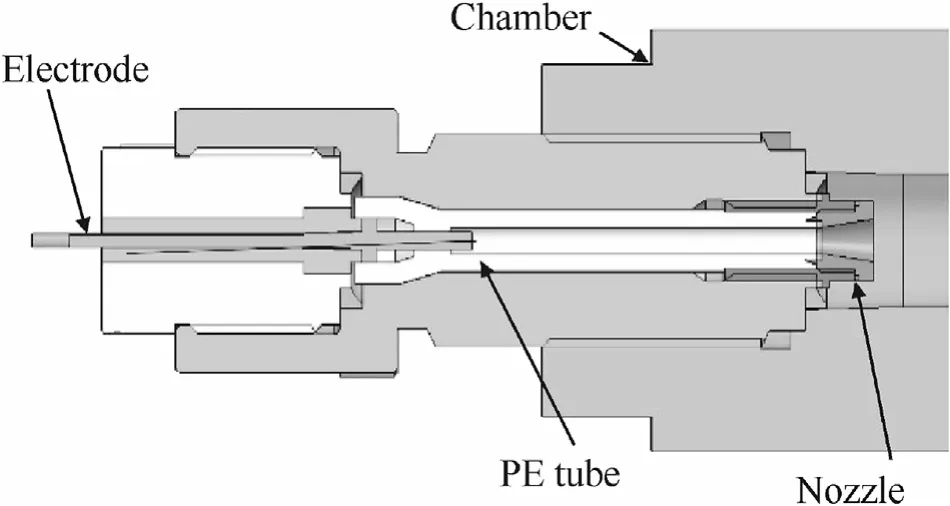
Fig. 3. Ignition plug equipped with plasma generator (cross section).
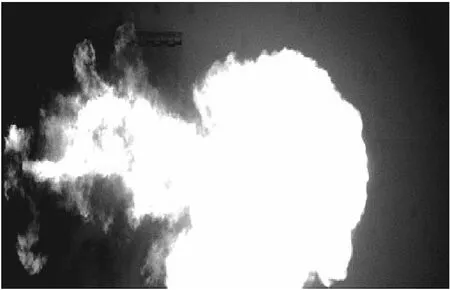
Fig. 4. Effect of plasma generation [24].



where e is the thickness of the burned layer,z is the relative burned volume, v0is the initial grain volume, S0is the initial grain surface area, f (z) is the shape function, f is the propellant force, pzis the ignition pressure,r is the propellant density and h is the co-volume.The values of the exponent were calculated according to the following formula:

and averaged for the range z 2[0.3,0.7].
The second method is based on the physical burning law and is

Table 1 Average dimensions of single-base propellant grains.
introduced in the monograph [26] and modified in Ref. [27]:

The function G(z)is expressed in the same units as the dynamic vivacity L and is hereafter referred to as the ‘dynamic vivacity G’.The following relation can be derived from Eq. (7):

By calculating the dz/dt values for several values of the loading density and the same value of z, we can treat Eq. (8) as a linear relation between lg (dz/dt) values and lg x values. The slope determines the value of n; thus, the n values for z¼0.3, 0.4, 0.5, 0.6 and 0.7 were determined, and then the average value was calculated.
With the second method, the n value can be determined without using the shape function. Therefore, the method can be used when the propellant combustion does not obey the geometric burning law.However,in this case,although we cannot determine the coefficient b in the burning law, we can estimate its value by making use of the following relation between the dynamic vivacity G and the shape function:

where fex(z)is the experimental shape function,which may differ from the geometric shape function.By making use of Eq.(7)and Eq.(9), the following equation can be obtained:

We can determine the q value by integrating both sides, as follows:

where z1¼0.3 and z2¼0.7 were assumed. The values of t1and t2correspond to these values of z.Assuming that the integral J1in Eq.(11)can be approximately estimated by replacing fex(z)with f(z),
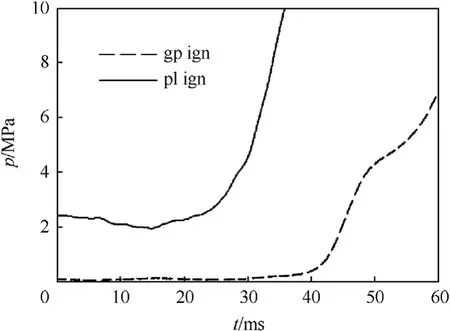
Fig.5. Comparison of pressure records for the two methods of ignition(D¼50 kg/m3).

Fig. 6. Comparison of pressure records for the two methods of ignition (D¼100 kg/m3).
we can use the calculated q value and determine fex(z) basing on Eq. (9). The integral J1is calculated again and a new value of q is determined. We repeat this procedure till a satisfactory convergence of q values is attained.After that,we can estimate the value of b:

3. Results and discussion
The initial parts of the pressure records obtained for the two ignition methods are presented in Fig. 5 and Fig. 6. The plasma ignition method(pl ign)caused the propellant to ignite faster than the gunpowder (gp ign). However, increasing the value of the loading density caused the difference between the ignition time values to diminish (Fig. 7). For D>125 kg/m3, this difference becomes negligible. The ignition time is defined as the period beginning from the moment that the pressure value reaches 0.1 MPa, to the moment when 10% of the maximum pressure is attained.

Fig.7. Dependence of the ignition time on the loading density for the two methods of ignition.
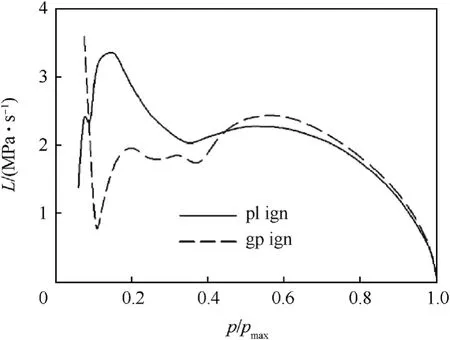
Fig. 8. Comparison of dynamic vivacity L for the two methods of ignition (D¼50 kg/m3).
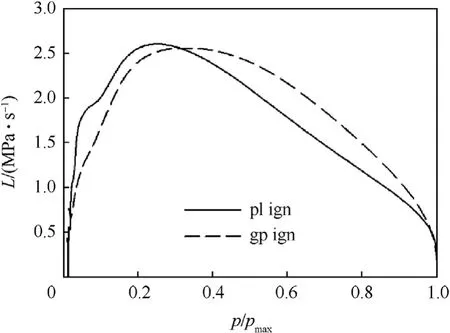
Fig.9. Comparison of dynamic vivacity L for the two methods of ignition(D¼100 kg/m3).
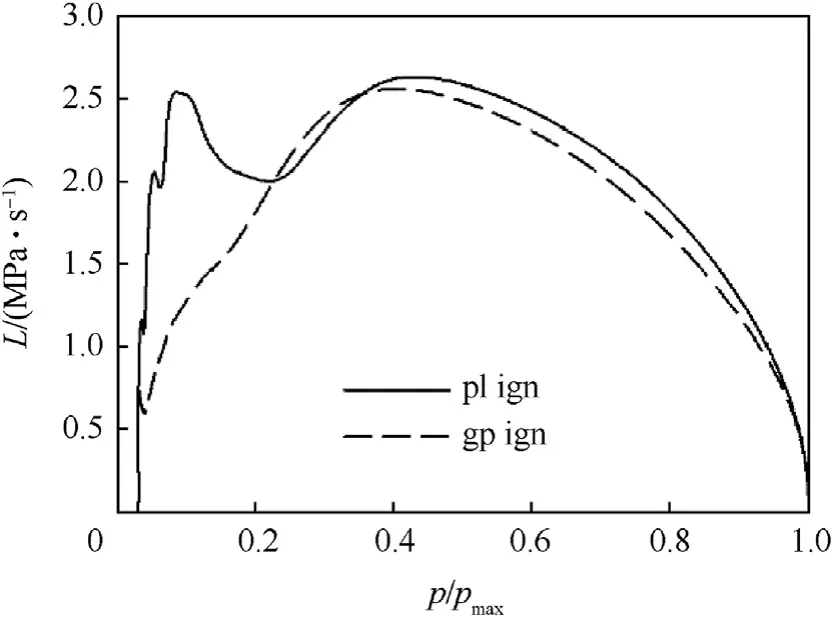
Fig.10. Comparison of dynamic vivacity L for the two methods of ignition(D¼200 kg/m3).
In the case of the plasma ignition method, a very fast initial pressure increase,followed by a near plateau,were observed.When the gunpowder ignition method was employed,the pressure value gradually increased. As shown in Ref. [28], a small portion of the propellant ignited shortly after dispersion of the burning gunpowder grains, which was when the pressure value was much lower than the nominal ignition pressure value. For a period of time, the gunpowder and tested propellant burned in parallel.During this period, coupled combustion of the gunpowder and propellant accelerated the pressure increase. This period ended when the pressure reached approximately 5 MPa, which corresponds to a value larger than the nominal ignition pressure value.

Fig.11. Average n values calculated as based on the geometric burning law.
The results of dynamic vivacity calculations are shown in Fig.8-Fig.10.Plasma ignition increased the vivacity during the first period of combustion. However, its influence weakened with increasing propellant mass. It is interesting that, after the first period, the discrepancy between the vivacity values for the two ignition methods began diminishing.This effect was further analysed on the basis of the dynamic vivacity G and the experimental shape function fex(z).
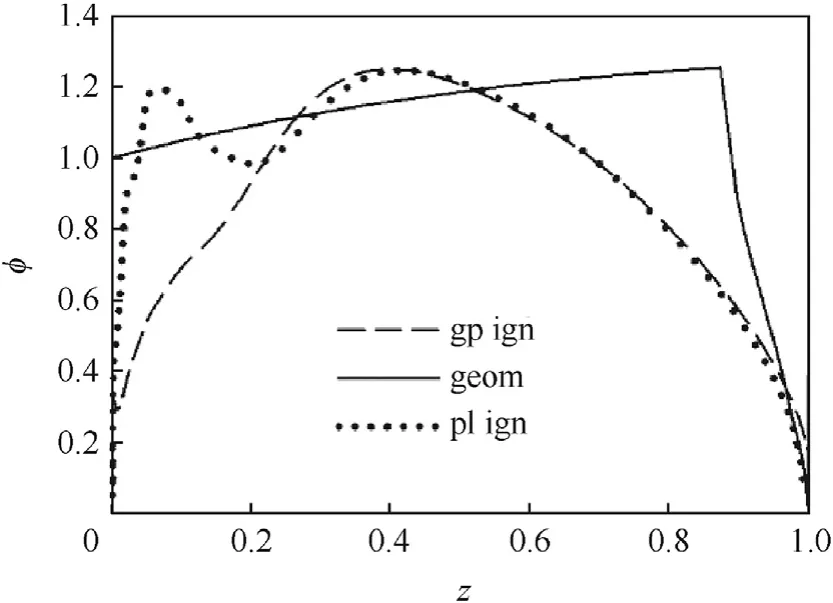
Fig. 13. Comparison of fex(z) and f (z) plots for the two methods of ignition(D¼100 kg/m3).

Fig. 14. Comparison of fex(z) and f (z) plots for the two methods of ignition(D¼200 kg/m3).
In order to calculate the values of G,the value of the burning law exponent must be known. The first method, according to the geometric burning law, does not yield meaningful results. In order to illustrate this,the average n values calculated for each value of the loading density were plotted and are shown in Fig.11.The method based on the physical burning law yielded more reliable results,as it is illustrated in Fig. 12. The average n values for the plasma ignition and gunpowder ignition methods are 0.96±0.14 and 1.01±0.13, respectively, with a 95% confidence level. Both values are close to 1, which is a characteristic value for single-base propellants.
Plots of the experimental shape function are shown in Fig. 13 and Fig. 14. They substantially differ from the geometrical shape function.It is for this reason that the first method cannot accurately determine the n values.
A comparison of the experimental shape functions for the two ignition methods allowed us to analyse the peculiarities of the plasma ignition method. More grains ignited within a relatively narrow range of the ignition time values.This is why the maximum fex(z) value could only be attained after small percent of the propellant had burned. However, this maximum does not correspond to the ignition of all grains.Due to the radiative heating,the burning process of the outer parts of the ignited grains was accelerated.The effect is the same as that of an apparently increased burning surface area,as there is a temperature gradient inside the grains.Thus,the effect of the accelerated combustion weakened over the course of the burning process. This corresponds to an apparent decrease of the burning surface area.
The convergence of the fex(z)plots for the two ignition methods proves that the burning process proceeds in a similar way after the initial acceleration.The grains that were not ignited by the action of plasma were ignited as a result of the action of the hot gases produced by combustion of the earlier ignited grains. Therefore, the igniting medium was the same as that in the case of gunpowder ignition. By increasing the mass of the propellant, the volume of grains ignited by the action of plasma was reduced.This is why the experimental shape function plots for the two ignition methods began converging.
It was expected that plasma ignition would solve the problem identified in [30], which is related to the dependence of the dynamic vivacity G on the loading density. According to the physical burning law,such a dependence should not be observed.Thus,the dynamic vivacity curve G(z), as determined via closed vessel tests,can be applied in internal ballistics calculations. It was expected that the action of hot plasma would ignite all the grains at approximately the same time before they were burned, in accordance with the geometric burning law. This expectation was only partially met,as only a portion of the propellant was ignited within a relatively narrow time frame. Another portion was ignited as a result of the action of the hot gases produced by the combustion of the tested propellant.Contrary to the expectation,a larger scatter of G(z)plots was observed for the plasma ignition method(Fig.15 and Fig.16).The only gain can be observed at the initial part of each G(z)plot, which are more consistent with the geometric burning law.
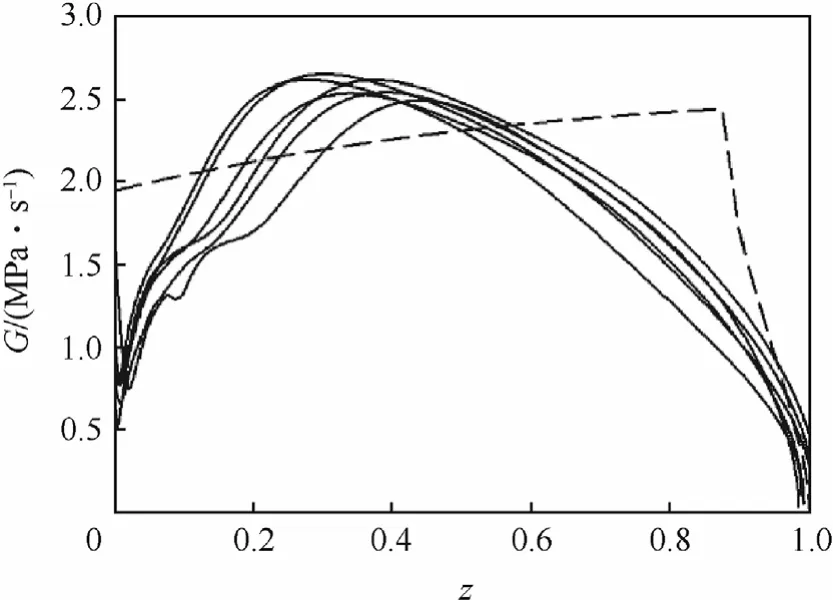
Fig. 15. G(z) plots for the gunpowder ignition, and various loading density values;dashed line geometric G(z) plot.

Fig.16. G(z) plots for the plasma ignition, and various loading density values; dashed line geometric G(z) plot.
4. Conclusion
1. The plasma ignition method shortens the ignition delay. However, this effect is distinct only for low loading density values.
2. The plasma ignition increases the dynamic vivacity values during the first period of combustion.During the second period,the dynamic vivacity plots for the two ignition methods converge.As the loading density is increased,the effects of plasma ignition become less pronounced.
3. Contrary to expectation, the dynamic vivacity G plots for the plasma ignition method show larger scatter than the plots obtained for the gunpowder ignition method. This means that application of the plasma ignition method is not a solution to the problem insufficiently precise determination of the ballistic properties on the basis of the results of closed vessel tests.
Funding
This work was supported by the National Research Centre,Poland [grant number DOB-BIO8/05/01/2016]; and the Ministry of Defence of Poland [grant number GBMON/13-988/2018/WAT].
- Defence Technology的其它文章
- Numerical simulation on the pressure wave in a 30 mm electrothermal-chemical gun with the discharge rod plasma generator
- Design optimization for a launching system with novel structure
- Influence of multiple structural parameters on interior ballistics based on orthogonal test methods
- Design and manufacture of a 100 kA coaxial pulsed power cable for plasma generator and PPS in ETC guns
- A prediction method for the performance of a low-recoil gun with front nozzle
- Effect of the firing position on aiming error and probability of hit

